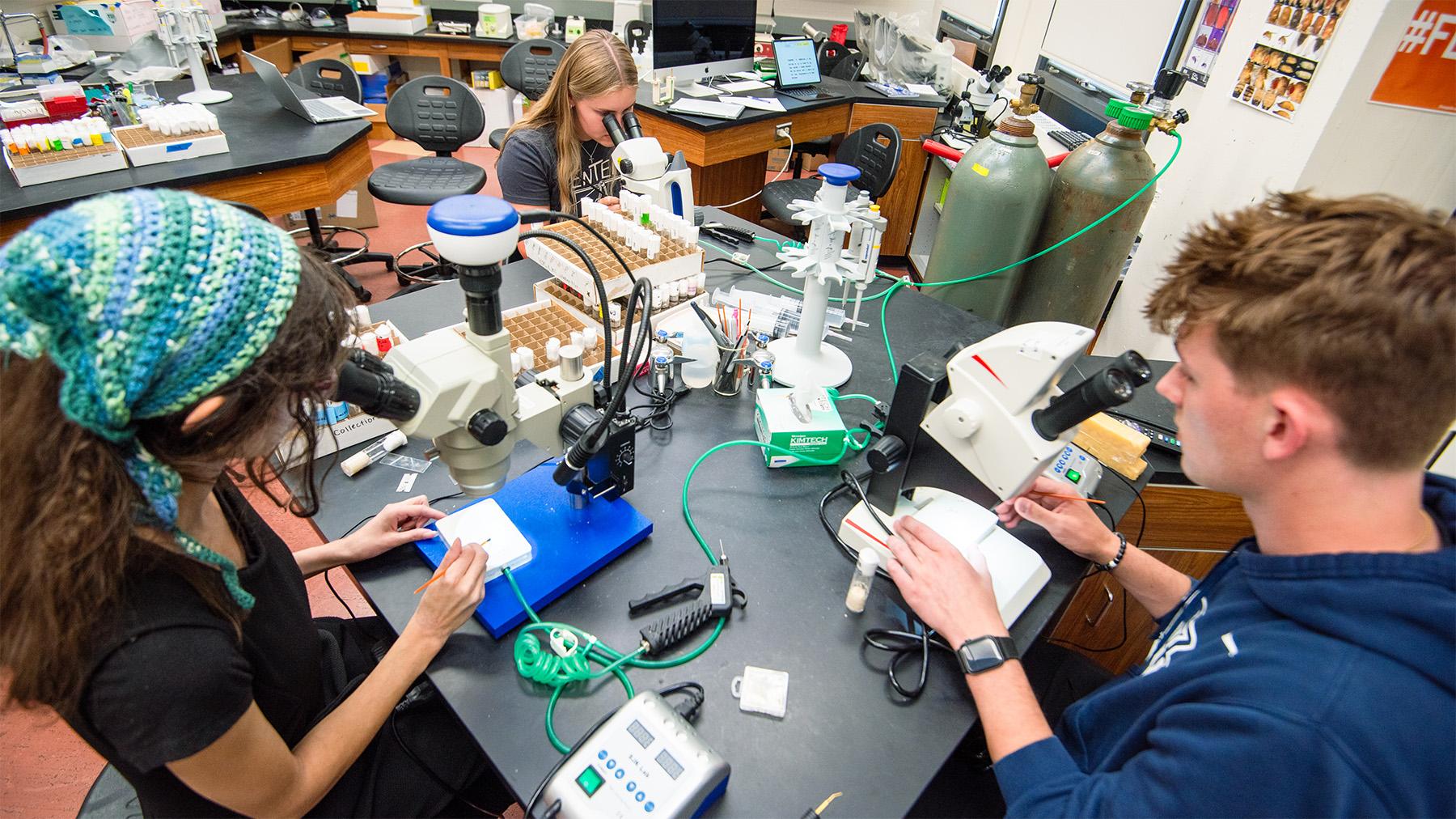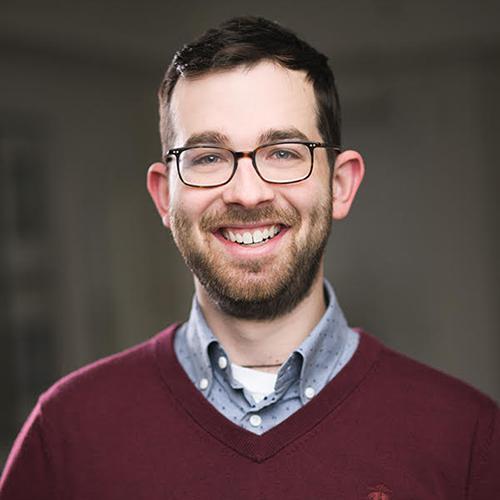Program Details

Prepare for Success in the SURVE Program
Students in our SURVE program engage in various activities meant to promote an understanding of “science as a vocation” in light of the Benedictine wisdom tradition. Through daily prayer, community meals, reading & discussion, lectures, and the opportunity to attend daily Mass, young men and women can grow in their faith, learn about the nature of science and the vocation of the scientist, and gain research experience that will prepare them for their career goals.
Through SURVE, students explore the harmony and complementarity of faith and reason and the “integration of knowledge” described in Ex Corde Ecclesia within the Benedictine Wisdom Tradition. Students also have opportunities to practice the Benedictine motto of “ora et labora” (“pray and work”) through participation in communal prayer and daily Mass. Through assigned reading, discussions, interactions with visiting scholars, and participation in volunteer and science outreach activities, SURVE students broaden their perspectives to understand the vocation of the scientist in the wider social, ethical, and spiritual context.
Explore the components of SURVE below and reach out to us to get started!









